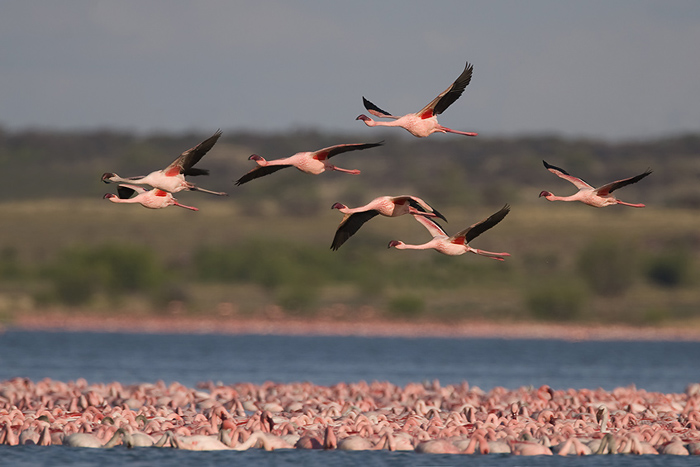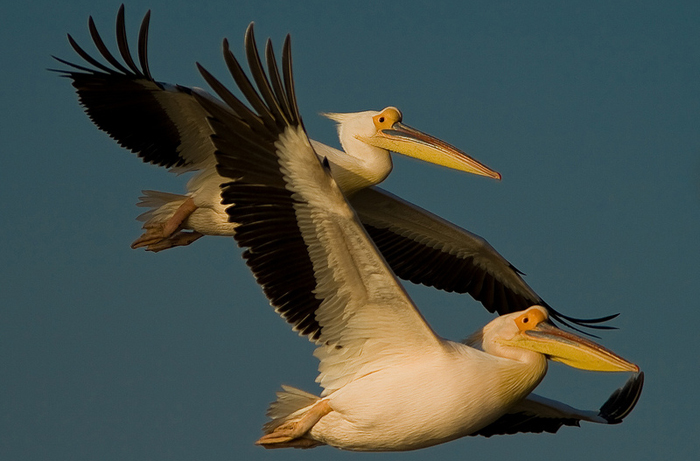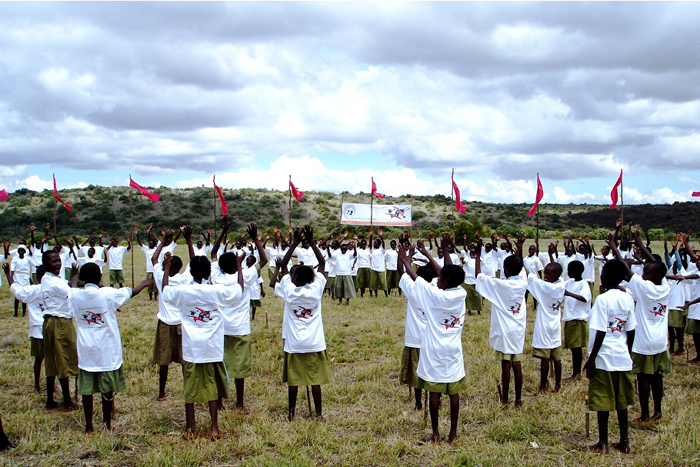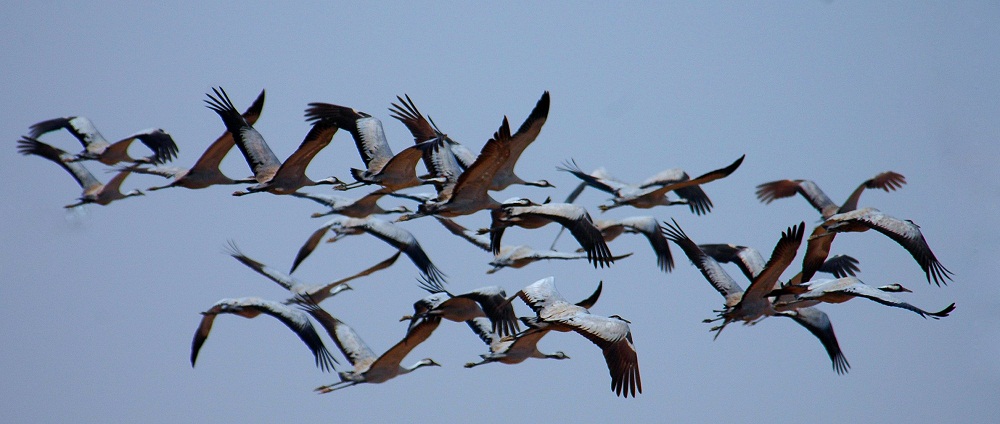
60 Million American Birdwatchers Chase Ever-Shrinking Quarry (Op-Ed)

Bradnee Chambers, executive secretary of the United Nations Environment Programme Convention on the Conservation of Migratory Species of Wild Animals, contributed this article to Live Science's Expert Voices: Op-Ed & Insights.
Over this weekend, bird-watchers from all over the world will get together to celebrate birds and the amazing journeys they take every season. If you're a bird-watcher, these are among most important days in your calendar year: May 10-11, the weekend of World Migratory Bird Day.
Millions of people across the globe are birdwatchers, with thousands of clubs and societies in scores of different countries — and as mundane as it may seem to some, it is a passion for others, and growing strong. Roughly one fifth of all Americans have identified themselves as birdwatchers.

Bird-watching is also a multi-million dollar industry and one of the biggest attractions for ecotourism . The recreational sport associated with bird-watching, called "birding," has one of the largest followings of any leisure activity in the world. But as its popularity grows, so too do the threats to some of the most "watched" birds, which are in sharp decline as a result of climate change , illegal trapping and by-catch from fisheries.
If you consider birdwatching a recreational sport, as birders themselves do, and compare it to the United States' top five national sports, the numbers are telling. According to the U.S. census in 2009, 24 million Americans play basketball, 23 million baseball, and 9 million play American football — at the same time, there are estimated to be nearly 60 million American birdwatchers.

Avitourism, as this particular sector of the industry is known, is one of the most lucrative sources of income in ecotourism. It accounts for the largest single group of ecotourists across the globe, and according to some estimates, three million international trips are taken each year for the main purpose of bird-watching. According to a U.S. Fish and Wildlife Service study, in the United States alone, bird watchers contributed about $36 billion to the U.S. economy 2006. In the Germany, national parks such as Müritz National Park receive about 600,000 visitors each year who come to view a variety of species, including cranes and white-tailed eagles. Tourism generates over €13 million a year for that region, supporting an estimated 628 full-time jobs.
As people continue to apply pressures on the environment, the future of birding activities is increasingly coming into question. Every year, thousands of rare seabirds die in the extreme winter-weather events caused by climate change — this includes some of the rarest seabirds in the world, such as puffins, guillemots and razorbills. Seabirds are also under threat from fishing gear. Albatrosses and petrels, of which all 19 species are listed by the International Union for Conservation of Nature (IUCN) as endangered, are regularly entangled and drowned in trawler nets and gill-nets when they dive into the water to eat fish surfacing from catches. According to BirdLife International, more than 300,000 seabirds are killed by longline fishing every year, including 100,000 albatrosses.
Get the world’s most fascinating discoveries delivered straight to your inbox.

In North Africa, the German Nature and Biodiversity Conservation Union (NABU) estimates that there have been over a 140 million birds illegally trapped in nets in 2013. In Malta and Cyprus the estimates are 10-13 million birds trapped annually.

The new Intergovernmental Panel on Climate Change (IPPC) report also paints a bleak picture for migrating birds. In March 2014, the IPCC released the 5th assessment of the impacts, adaptation strategies and vulnerabilities related to global climate change. The implications for migratory birds are worrying. Climate change is causing migration ranges to change and the timing of the migrations to advance earlier in the year. This is affecting birds' breeding numbers and increasing mortality rates for migratory birds that are either not storing up enough energy to make long migrations or getting caught in poor weather.

In the end, what is stake is not just a peculiar pastime made up of bird-nerds and nature nuts. Rather, what is at stake is a multi-billion industry of foreign exchange earnings on hotels, transport, accommodation, food and beverages; sales of cameras, binoculars, canvass trousers with lots of pockets, thermos flasks and souvenirs; and all the government income taxes and employment associated with birding. On World Migratory Bird Day this year, let's stop and reflect on this for a moment and think how we can work together not just to conserve migratory birds — and not just because of their beauty and wonder— but also for the high economic value that these species have for industries such as tourism.
The author's most recent Op-Ed was "Wildlife Across the Globe Rely on Pristine Antarctic Waters: Protect Them." The views expressed are those of the author and do not necessarily reflect the views of the publisher. This version of the article was originally published on Live Science.
